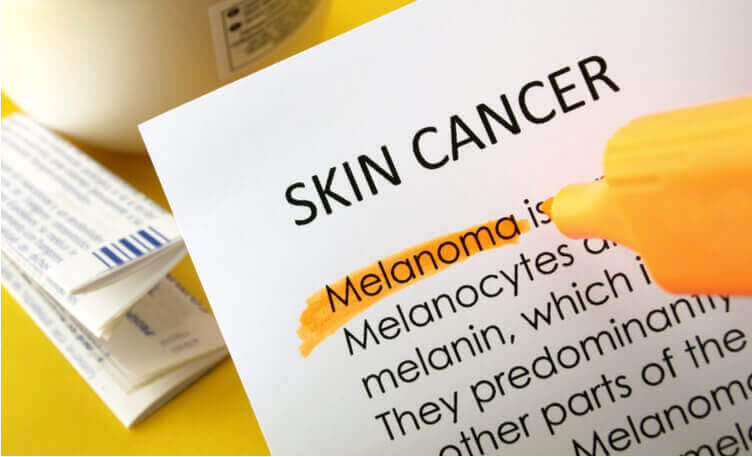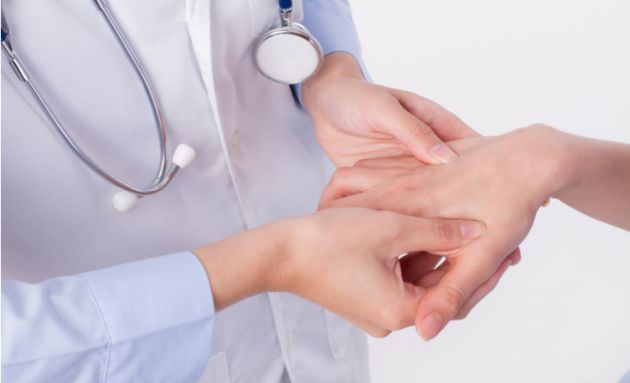
5 Ways To Protect Yourself From Skin Cancer
Indian summers are famous, often for their harsh heat and dry spells and the fact is our country experiences several sunny months throughout the year. North India alone faces approximately 2700 hours of sunlight every year!
Some of us love soaking up the sun, while others will go to great lengths to avoid it. But simply slathering on sunscreen every time you step out may not be a fail-safe way to prevent skin cancer. Your skin tone, family history, and lifestyle habits can determine your risk of developing skin cancer in the long term.
How to Protect Your Skin From Cancer
There are three types of skin cancers, melanoma being the main one. The other two types are squamous cell carcinoma and basal cell carcinoma. The good news is that there are several precautionary measures that you can take in order to protect your skin. Here are 5 things you can do to lower your skin cancer risk.
-
Minimize Exposure to Ultraviolet Radiation

When it comes to melanoma, the main risk factors are age and sun exposure - especially sunburns that cause blisters on the skin. That’s why it becomes extremely important to minimize additional sun exposure as you get older and cover yourself up with sun protective clothing and sunscreens. Invest in a good sun hat, sunscreen with a higher SPF and cover areas that are chronically exposed, such as hands, feet, and face.
-
Alcohol Consumption Can Increase Your Skin Cancer Risk
Alcohol has been deemed the main culprit behind many lifestyle ailments and although it may not come as a surprise to many people, it is also linked to the development of cancers of the skin. There seems to be growing evidence that the consumption of alcoholic drinks like wine or beer can greatly heighten your risk of developing skin cancers like basal cell carcinoma and squamous cell carcinoma. Other studies have also found similar links between alcohol consumption and issues like melanoma and go as far as to state that your daily drink can increase your risk of getting melanoma by up to 14 per cent in the long run.
-
Have a Skin Care Routine
Although many foods like coffee, garlic, and carrots are known to boost your skin’s natural sun protection, we are yet to discover a magic pill that completely prevents sunburns and eliminates the risk of skin cancer. Regular use of good quality sunscreen has shown to reduce both melanoma and squamous cell carcinoma compared to individuals who used sunscreen intermittently.
-
Learn the ABCDE’s of Melanoma
Like we mentioned earlier, Skin cancers like melanoma have certain characteristics like moles that are a sure-shot giveaway for malignancy. Hence, knowing the ABCDE’s of the kind of moles becomes essential when it comes to melanoma treatment and prevention. Here’s what you need to know:
- A for Asymmetry: One side of a mole does not match the other side.
- B for Border Irregularity: The edges are ragged, notched, or blurred.
- C for Colour: The pigmentation is not uniform; the colouring may include different shades of tan, brown, or black; dashes of red, white, or blue can add to the mottled appearance.
- D for Diameter: Melanomas are usually greater than ¼ inch (6 mm) in diameter, but they can be smaller.
- E for Evolving: Keep an eye out for a mole or skin lesion that looks different from the others; is changing in size, shape, or colour; or it begins to itch, hurt, or bleed.
-
Periodically Check Your Skin for any Signs of Cancer

Although skin blemishes are usually harmless and part of the natural ageing process, they can often be warning signs of problems like skin cancer and unfortunately go unnoticed in the process. Cancers like melanoma are usually distinguished by the development of abnormal moles, which when caught early are entirely curable.
Keep an eye on your own skin or ask a spouse, partner or family member to look at areas that you cannot reach ( back, buttocks, scalp, and back of ears). Pay attention to any wounds or blisters that are taking more than two weeks to heal.






